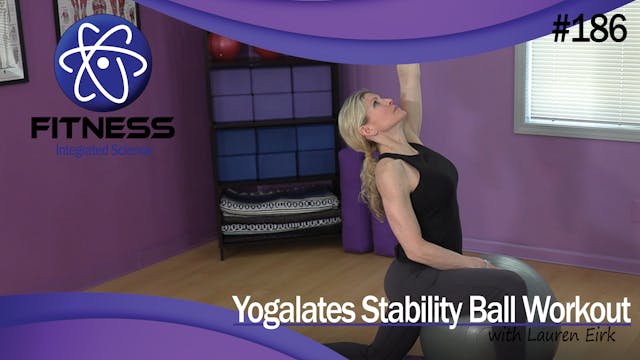This Yoga Interval routine combines intensity with strength. You can leave out the jumps, omit exercises, or rest anytime you need. You will find in this practice a combination of higher effort, followed by periods of recovery. This is called interval training. A Japanese researcher named Izumi Tabata conducted extensive research on interval training, Tabata workouts are very popular today. His work was a game changer to the fitness industry, as it was always thought that the best way to burn fat was to perform long bouts of moderate intensity training that we call "cardio", which is actually low resistance exercise done repetitively over 20 minutes without stopping.
You will experience faster-paced intensity intervals asking you to go all-out for three to four minutes, followed by isometric Yoga postures designed to help you recover. These include static and flowing Yoga sequences.
Experience several repeating on-off sequences is shown to improve your VO2 max. This is our maximal aerobic capacity that is generally considered the best indicator of an athlete's cardiovascular fitness and aerobic endurance.
Some research suggests that VO2max improvements with HIIT are superior to those with endurance training. For many of us, repetitive long-duration training is not comfortable. Interval training can be a great alternative! This type of training will help generate better ATP production and train our muscular system to respond and contract more efficiently. This research is so vast, but they found that interval training mimics the short-duration intense muscular work that is typically associated with resistance training and linked to pathways that stimulate growth.
Amazon Products Used:
Yoga Mat: https://amzn.to/2ZDSMrH
20210219_01_Final
Up Next in Yoga Fusion
-
Video 186 | Yogalates Stability Ball ...
This creative flow features a Yoga Pilates fusion using a stability ball, which provides the perfect surface to accommodate the curves of the spine. When using the ball, experience greater overall resisted range of motion than is achieved during traditional practices on the floor. The flowing n...


4 Comments